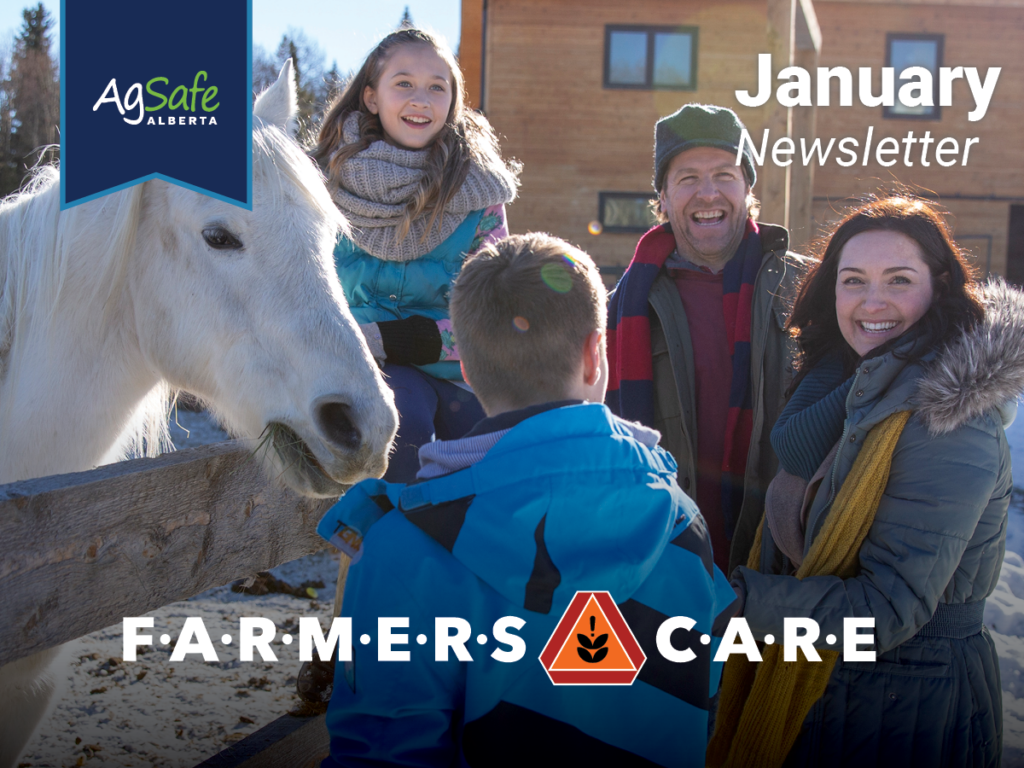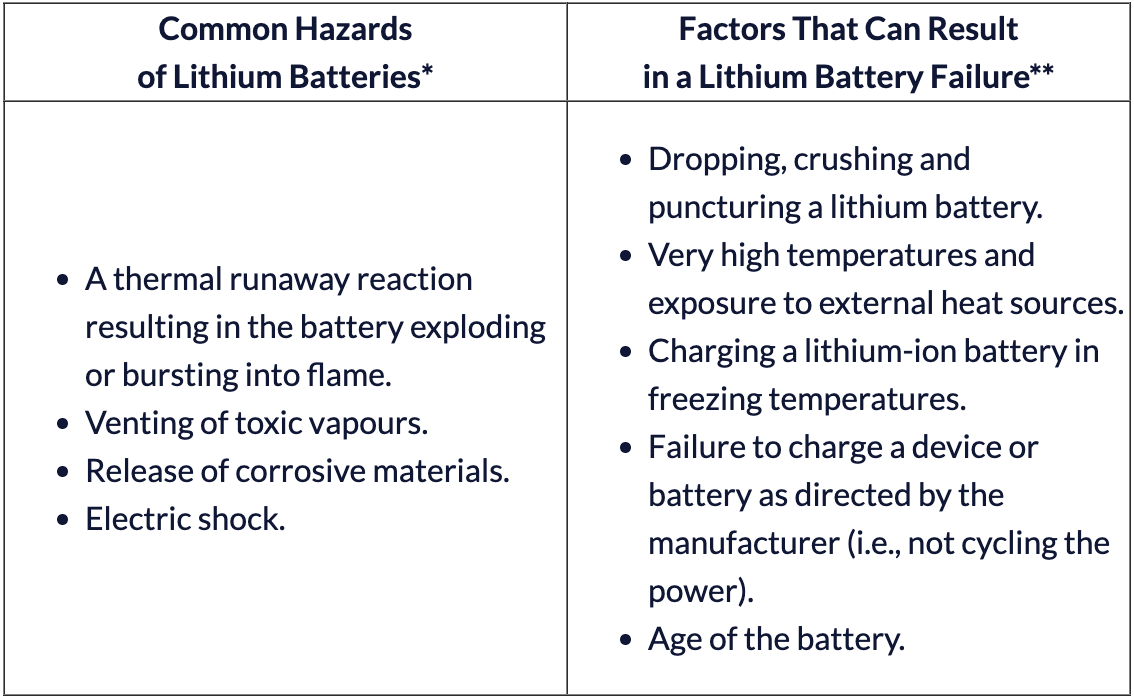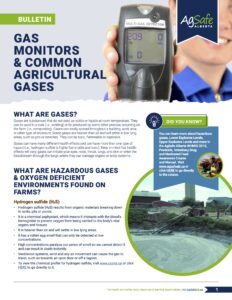
It Happened To One of Us
2019 Incident Summary
(Incident source: Heide Pearson. 2019, May 14. “9-year-old boy killed in tractor accident in southeastern Alberta.” Global News. May, 08. 9-year-old boy killed in tractor accident in southeastern Alberta – Calgary | Globalnews.ca )
Early one afternoon in May, a nine-year-old boy had been riding on a tractor that someone else was operating on what is considered a family farm in southern Alberta. What happened next is heartbreaking and devastating for any family. Few details were reported about the incident, however, the following points reflect what is known:
- The nine-year-old boy was an extra rider on the tractor.
- The boy was run over by the tractor.
- The boy died at the scene.
The majority of incidents on family farms never make the news, and incidents like this one are far more common than we realize. While it will be a while before producers head back into the fields, we strongly encourage you to take some time to consider the work you do, how it gets done and the steps you can take to protect the people on your farm.
To help you do this, we have created a list of tools and resources below:
Tool/Resource
AgSafe Alberta’s
FARMERS CARE program
Explanation
- Whether you operate a family farm or have employees, you will find simple, practical health and safety information in FARMERS CARE that you can apply to, and benefit from, on your operation.
- Each level of the FARMERS CARE program is free to take, but they must be completed in order. For example, to register for and complete FARMERS CARE Level 3, you must have already completed FARMERS CARE Levels 1 and 2 (and received the promo code given to you at the end of each level to advance to the next one).
- Click here to get started with FARMERS CARE Level 1.
- Click here to go to FARMERS CARE Level 2.
- Click here to go to FARMERS CARE Level 3.
Cultivate Safety
- The Cultivate Safety website is a product of the National Children’s Center for Rural and Agricultural Health and Safety (NCCRAHS) and the National Farm Medicine Center (NFMC) in the United States.
- They have developed excellent Youth Work Guidelines, and Hired Youth Work Guidelines which can be accessed HERE.
- There are also resources developed around keeping children safe on the farm that can be accessed by clicking HERE.
Do You Need a Gas Monitor?

You can find this bulletin on the Resources page of our website at agsafeab.ca or click HERE to go directly to it.
Safety First, Last Thoughts
The Hazards of Lithium Batteries

Lithium batteries have become common in homes and workplaces everywhere. Generally speaking, lithium batteries are a safe, high-energy-density power source. While these types of batteries have their place and are normally safe, they are not without their hazards!
The author has personally witnessed failures, such as when the lithium battery in a self-darkening welding helmet ignited (thankfully this occurred when it was not being worn) and when a battery pack for a cellphone that someone had in their pocket began to overheat and melt (it was removed before injury could occur).

Sources: *Government of Alberta. (2023 November). Lithium Batteries. Open.Alberta.ca. **Occupational Safety and Health Administration. (2019 June). Preventing Fire and/or Explosion Injury from Small and Wearable Lithium Battery Powered Devices. www.osha.gov.
Important Points to Remember:
- You must always remove damaged, defective or failing batteries from service right away.
- When disposing of a lithium battery or device that contains a lithium battery, you should always do so in a way that is safe and appropriate; for example, it may need to be dropped off at the nearest electronics recycling facility promptly, as these are items you don’t want to stockpile or keep on site unnecessarily.
- Fires involving lithium batteries are different from other types of fires and require special means to suppress, control and eliminate them. Follow the manufacturer’s instructions regarding the proper method to extinguish a small battery fire, such as an ABC dry chemical fire extinguisher, a Class D fire extinguisher (for lithium-metal), dirt or sand.
- Ensure your farm team is trained on the hazards, proper use, handling and storage of lithium-ion batteries. They will need to know the indicators of a battery issue and the appropriate method to extinguish a small battery fire safely.
Lithium Battery Safety Resources
Click this link to go to the Government of Canada’s Battery Safety: Lithium-ion batteries page.
Click this link to go to the NFPA’s Lithium-Ion Battery Safety Publication.
CONTACT US
For general inquiries: info@agasafeab.ca /403-219-
For our hotline for incidence assistance: 1-833-9AGSAFE



